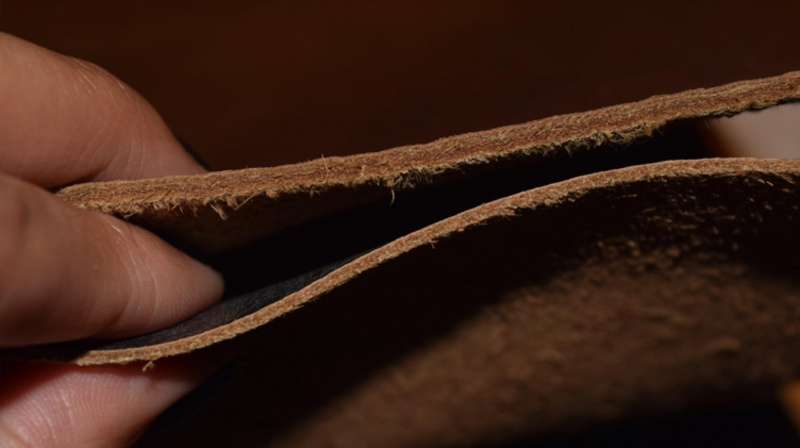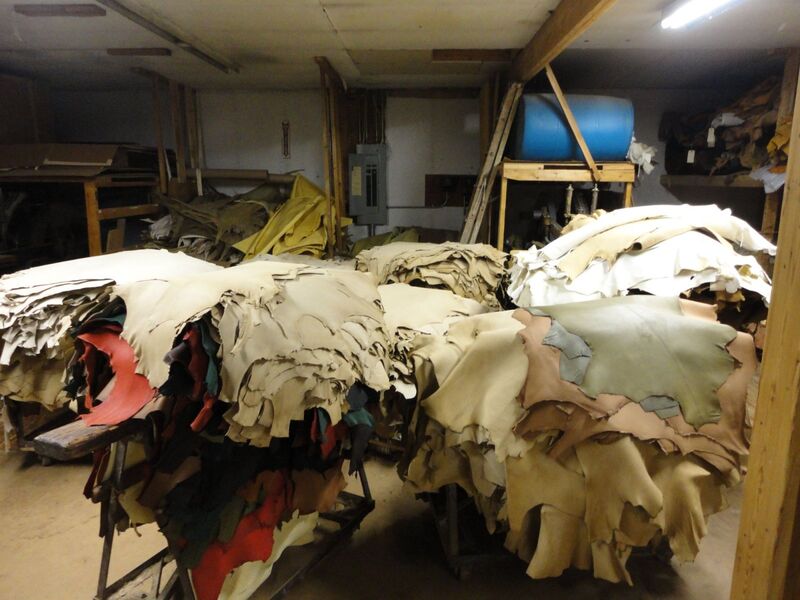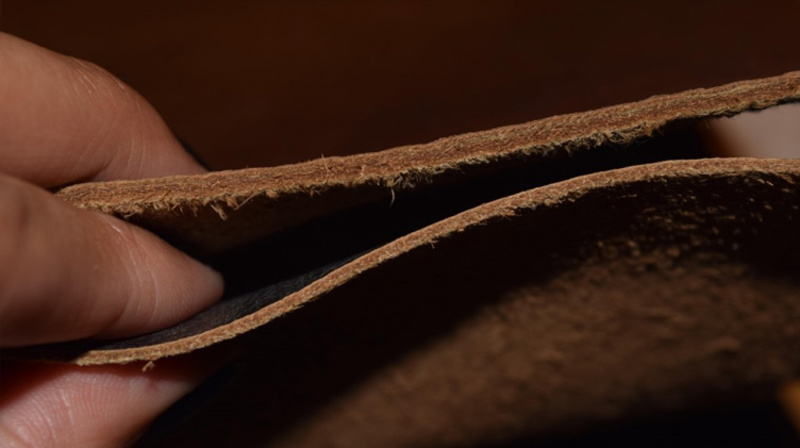Quality Control during tanning process
Tanning has always been a complex process so far to produce the perfect piece of leather which is used to create high fashion accessories such as men's leather shoes, women's leather shoes, handbags, wallets, belts, furniture, etc. Just a small mistake in a small step, it will be difficult to create quality final leather. So during tanning, besides doing the right thing, leather quality control is extremely important in every stage.
Quality control of raw material
Most importantly, before starting the tanning process, we have to ensure the quality of the raw material which is the live animal skin before being processed to remove hair, grease, mucus... Examples of quality control of raw materials of the following two major brands will help you understand the importance of this work:
Firstly, the brand Kering has applied the process of quality control of raw materials. Most of the leather material Kering uses is cowhide originating in France. High-end consumer products made in Italy use leather from two different tanning plants, one of which is Blutonic in Santa Croce sull'Arno, the first place to do a non-metallic tanning process without heavy metals. A subsidiary of Kering - the world famous fashion brand - Gucci has launched the Bamboo bag series - the first to be produced with the new tanning technology from 2013 and now occupies 20% of total output of the leather products of this brand. At the Blutonic plant, Gucci tested a process of traceability of all live animal skin (raw hides) to the tanneries. After successful testing, the skin trace procedure will be applied at other tanneries so that by the beginning of 2015 it is possible to trace the origin of 90% of raw material to the Gucci brand and reach 100 % by 2016.
The second brand - Banuli also implements a similar project for sheepskin. With the cooperation of the Russo di Casandrino tanning plants in Italy, the pilot program traces the origin of the raw materials used to make Banuli high-grade men's shoes. Starting from farm, through tannery, product manufacture, shipping and retail, customers will receive a quality certificate for the entire journey of the leather material. Skin traceability can be provided to both competitors to help improve the credibility of the raw material source. You can go directly to Banuli leather shoe factory at 64 / 3L, Dong Tam street, My Hoa 3 hamlet, Tan Xuan ward, Hoc Mon district, Ho Chi Minh city to verify the quality of leather material.
On a smaller scale, in the past year, by using biodegradation processes to convert scrap leather into fertilizer, both Gucci and Banuli undertook the processing of scrap leather into a kind of fertilizer. More than 200 tons of fertilizer have been produced by this method. In addition, the Gucci also piloted the use of crocodile leather left from the production of handbags to make high-grade leather shoes.
Control the elasticity of the leather
Tannins also account for the elasticity of the leather. By using a variety of tools to moisten the surface of the wet skin, the skin's tension control system adjusts so that each surface of the skin does not stretch too much, leading to skin damage. Both the buttocks and the neck of the skin need to control. This way it can stretch the skin as you like.
The drying process is programmed based on the suitable parameters for each type of skin to be dried. Dry skin samples are applied individually to each drying chamber. In case of shift or interruption of work, the enclosure can be adjusted to perform the next cycle without having to move the suspension frame. Temperature and humidity are monitored and adjusted regularly to ensure that the programmed parameters in the enclosure remain unchanged.
Improving the quality of final leather is a major goal of these improvements in the tanning industry, not only bringing fashion to a new level, but also significantly reducing energy consumption and contributing to the protection of the environment.










